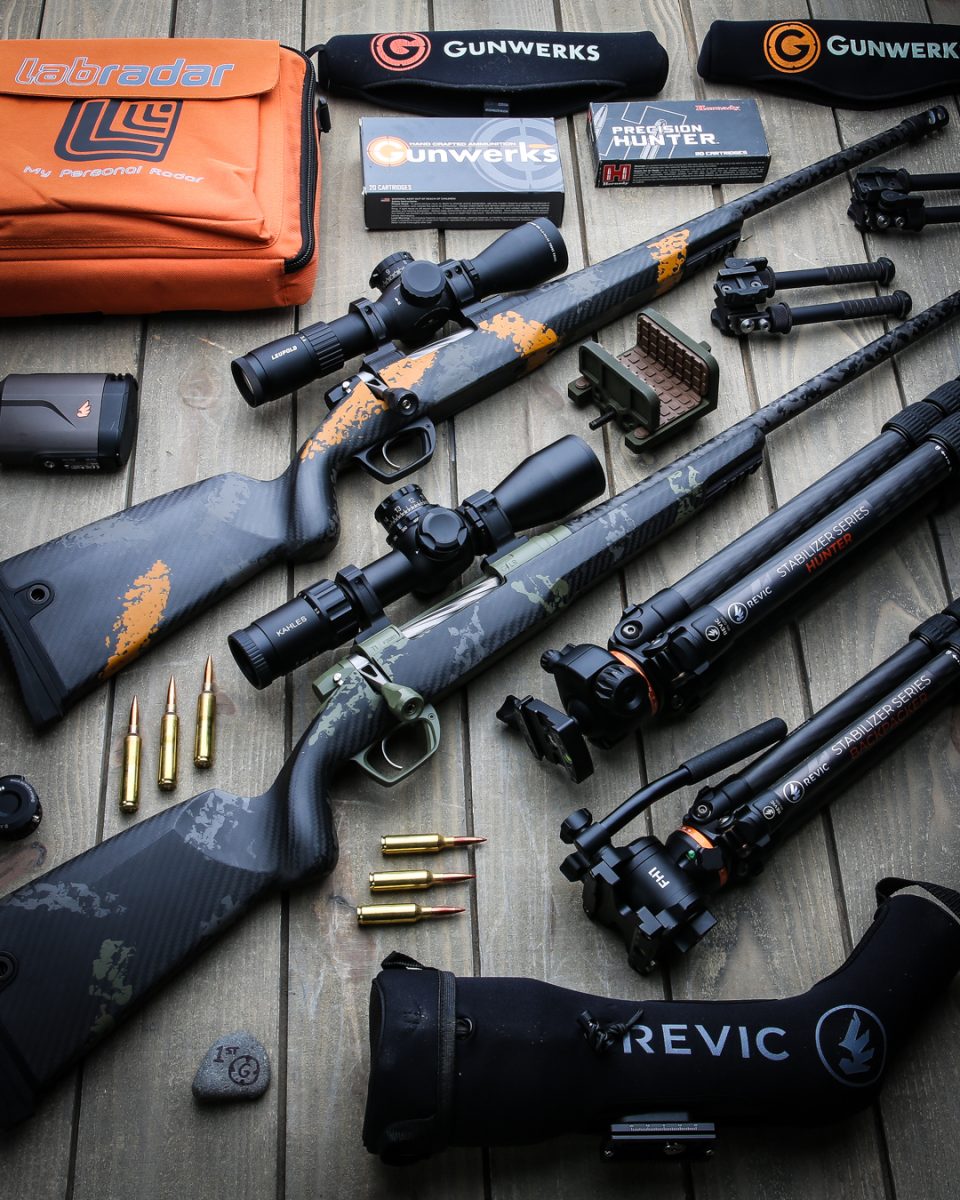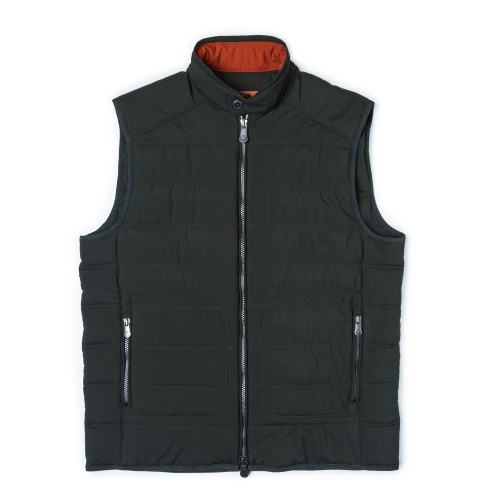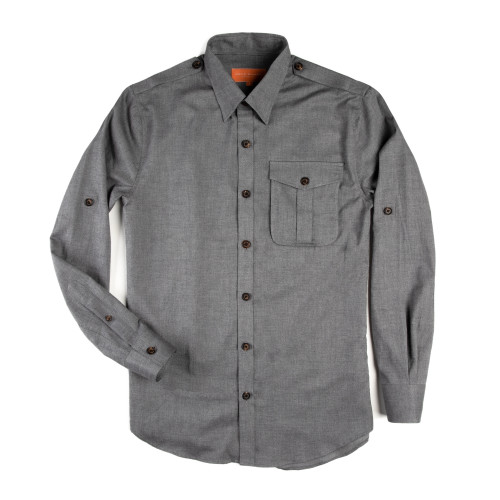As big game season is kicking off for the northern hemisphere and with my own preparation underway, I thought it might be a good time to go over some of the things I do myself and cover with clients when setting up a new rifle or preparing for the next hunt.
Most rifle hunting involves three key components: the rifle, the optic, and the ammunition and the rifle, scope, and type of bullet I need for a Cape buffalo hunt is far different from the rifle, scope, and bullet type a I need for a sheep hunt. One hunt involves shots taken in very close quarters with large, powerful animals that are quite dangerous. Here a large caliber rifle, a scope that offers a wide field of view, and a very durable bullet designed for penetration are the criteria for my selections. Conversely, a sheep hunt involves lots of climbing and hiking in mountainous terrain and the shots are often across valleys and/or at very long distances. Here a lightweight rifle that is easy to carry, a scope that can be quickly adjusted for long shots, and a cartridge that shoots a bullet that has a long, straight trajectory but that works well on game animals with light to medium bone and hide is the best choice. This is probably obvious to most readers but illustrates how the type of hunting you plan to do is what will determine what kind of rifle, scope, and ammo you need.
Let’s assume you have chosen the rifle and now talk about choosing the scope and ammo and then setting all of this up for the hunt.
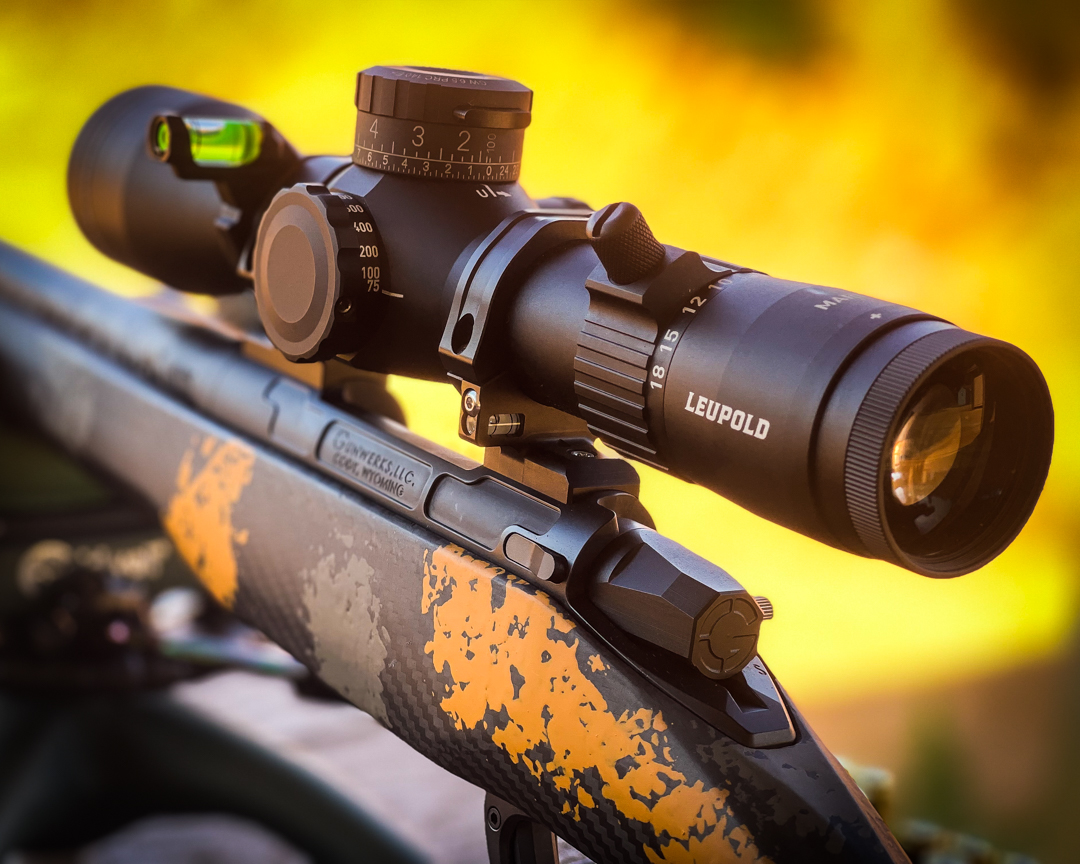 Scope
ScopeWith optics, it is important to pick the scope that best complements the capabilities of the rifle it is mounted on. If a rifle is built to be compact and lightweight the scope too, should be compact and lightweight. If it is a big bore rifle intended for dangerous game, a wide field of view is probably more important than magnification. For a rifle chambered in one of today’s “whizbang” magnums, scopes with fast adjustments and a “zero stop” are quite useful for shooting at long distance. There are more high quality scopes available today from more scope makers than ever before. Scopes are not only better in terms of quality of the glass, precision of the movements, and durability but also in terms of features, power ranges, and price points. With such a wide selection and with so many specialized products available, it important to not only understand what my needs as a hunter then figure out what scopes are best suited for that.
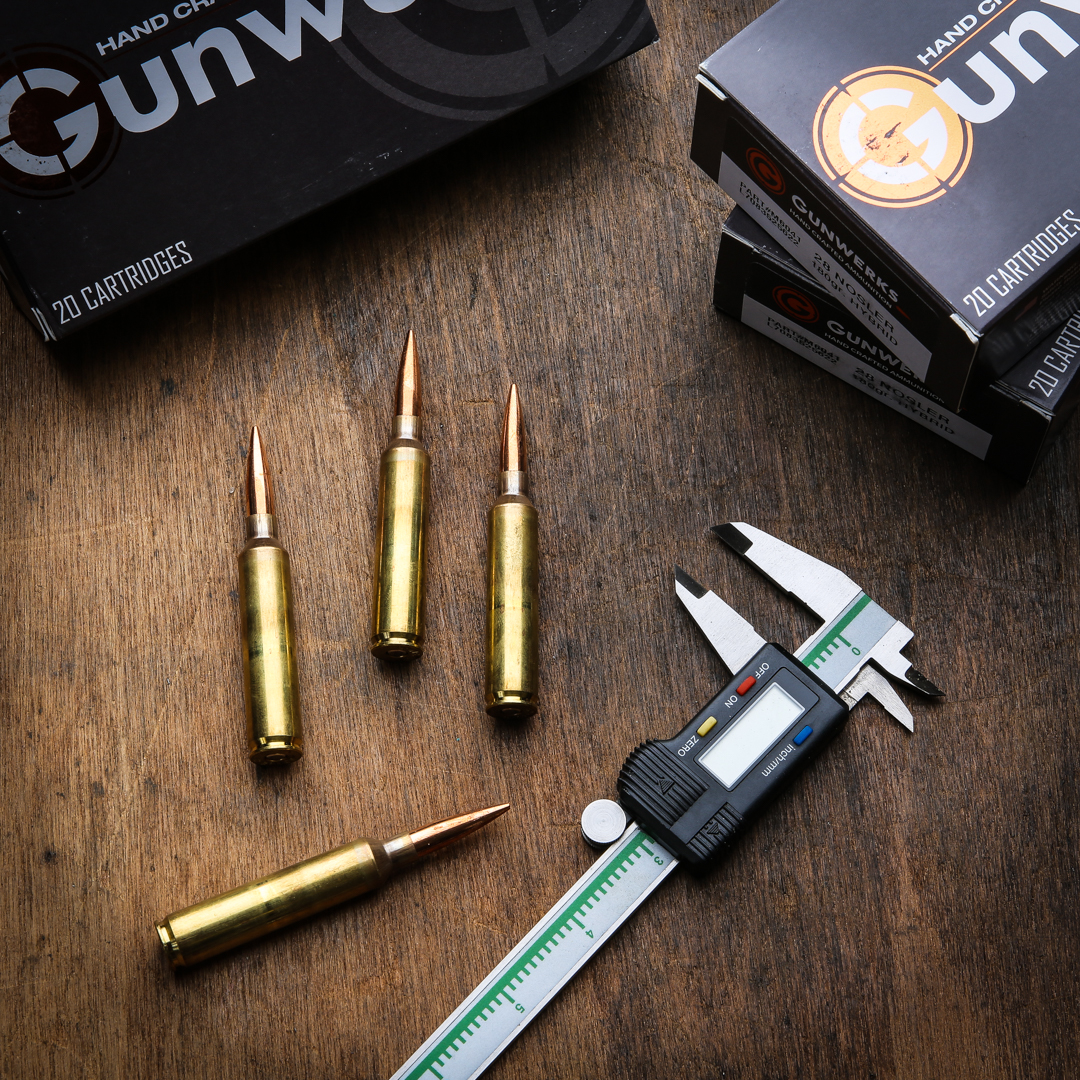 Ammunition
AmmunitionOnce the scope is selected and mounted to the rifle (scope mounts are their own conversation and you will have to call me to go down the rabbit hole) it is time to choose the best load for the rifle. The same way optics are chosen based on the rifle’s purpose, it is important to choose a bullet that best complements the cartridge being shot and is best suited to the game being pursued. Because most dangerous game hunting results in shots made at very close range on very large animals that can be quite fierce, the construction of the bullet far outweighs the bullet’s aerodynamic properties. At the same time, those hunting big game in North America, Europe, Asia or New Zealand benefit from a slew of new cartridges capable of hurling a projectile accurately well over a quarter of a mile. In this case the shooter certainly must consider the bullet’s aerodynamic properties to maximize the potential of this kind of rifle and cartridge. With so much cross over from the long range target space to the long range hunting space, different practices with different requirements, a hunter must be sure they are using a bullet designed for hunting and not just being shot at steel targets. Lastly, not only are you looking for a bullet that is designed for the kind of game you plan to hunt, you want to find the load that the rifle shoots the best. In my magnum I have set up for North American hunts, I want a hunting bullet that can deliver very accurate, precise shots. On the other hand, my rifle I use for dangerous game hunts can call for either a soft nose, a solid, or both types of bullets on the same hunt. Here I look for the combination of a soft nose and solid bullet that best shoot to the same point of aim.
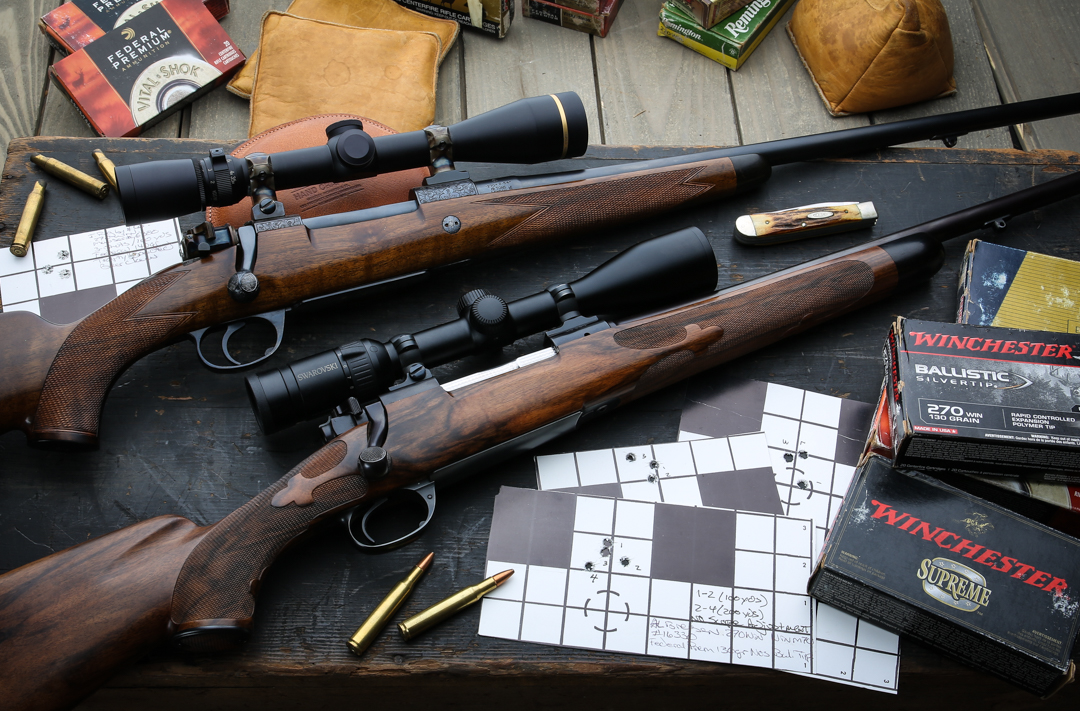 Shooting
ShootingOnce the proper optic and load is chosen, it is time to zero the scope and rifle. I was taught, like I am sure many of you were, to sight in a hunting rifle to have a point of impact 1.5” to 2” higher than the point of aim at 100 yards. The logic behind this was that the shot would be dead on at 200 yards due to the amount of drop the bullet fell at this distance. One of the many problems with this logic was it being applied to all rifles, whether one was shooting a 100gr .243 Winchester or a 180gr .300 Winchester Magnum. For most hunters, this has always been sufficient because they were not shooting far enough, consistently enough to see the errors of this practice. When applied correctly and the bullet’s point of impact is to the point of aim at 200 yards, this zero is still the standard for hunters who plan to shoot at long distances that a hunt in the mountains or western U.S. may offer. However, with the near unlimited optics, range finders, and information available to the hunter today, a 100 yard zero will work for most.
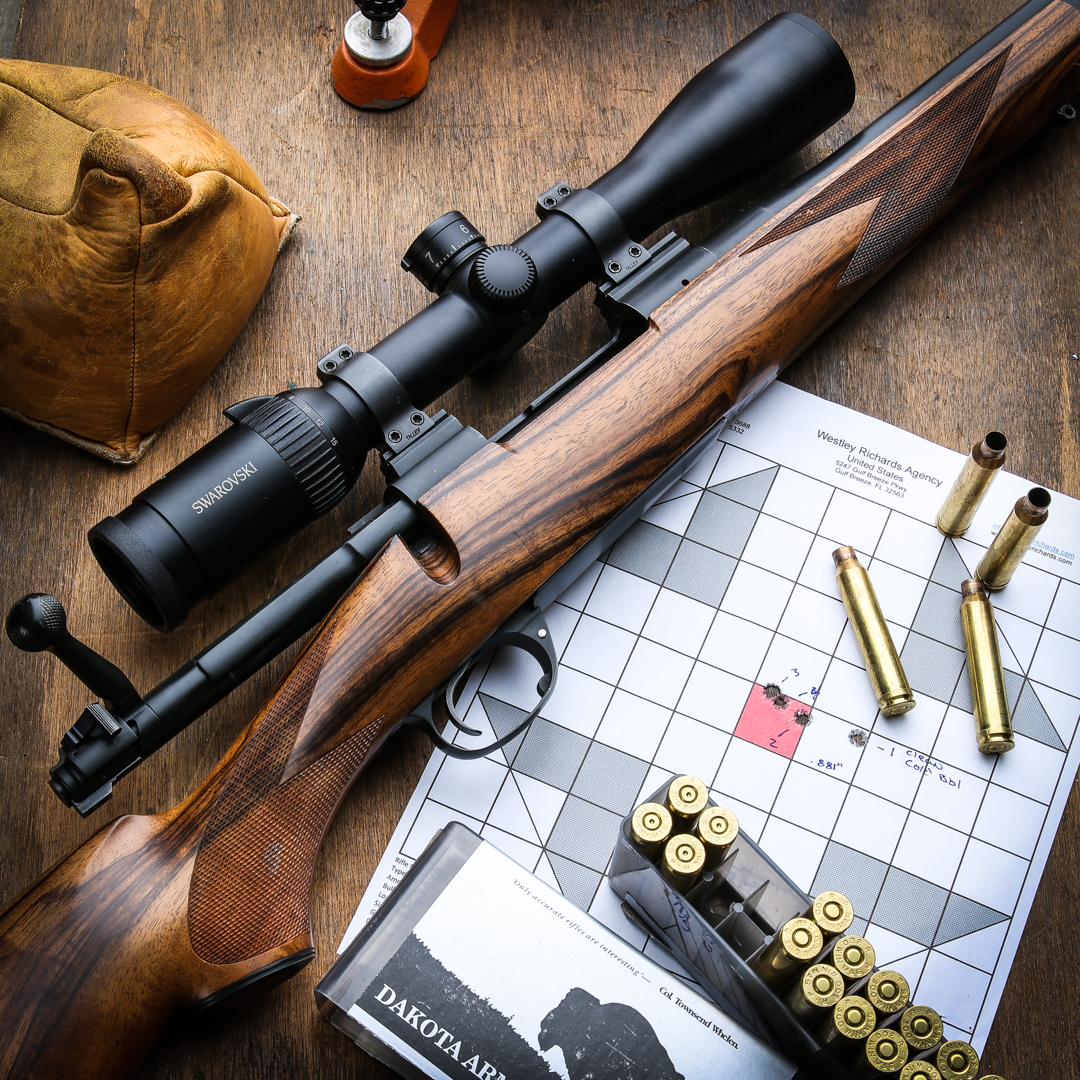
I often see other shooters at the range shooting a half to a whole minute of angle (MOA) off center at 100 yards and saying, “that’s good enough”. Yes, for shots inside that 100 to 200 yard range, this is probably “good enough” to hit the vitals on a game animal. However, that margin of error gets exaggerated as distance increases. While shots might have been a whole minute off center at 100 yards. At 600 yards 1 MOA is roughly 6”. Even if a shooter can shoot at an elk as calmly and confidently as they can shoot at a target, that 1 MOA that was good enough inside 100 yards may not be so sufficient at those longer distances. Whether one uses a 100 yard or a 200 yard zero, it must be precise.
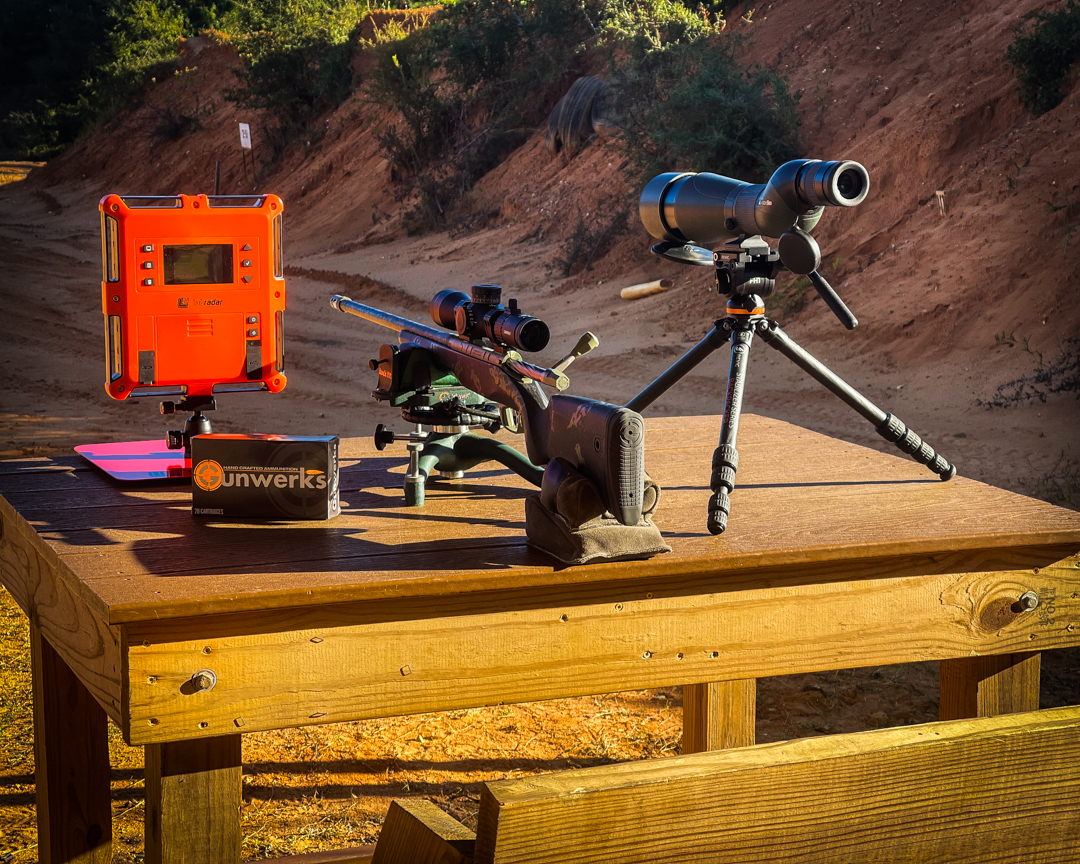
As a side note, I recommend using a chronograph during this phase of the setup to monitor the bullet velocities. Knowing the actual speed of the bullets out of the rifle one is shooting is a critical factor whether shooting a big bore double rifle at 50 yards or a high-speed magnum at 1,000 yards. The velocity of any ammunition is variable due to a host of factors and using the data given on the box of ammo is rarely good enough. Chronographs for shooters have become very easy to use and very accurate. The more precise a shooter can be with their velocity, the better the ballistic solutions will be for their long range shots. If someone wants to be serious about their shooting, they need to have a good quality chronograph.
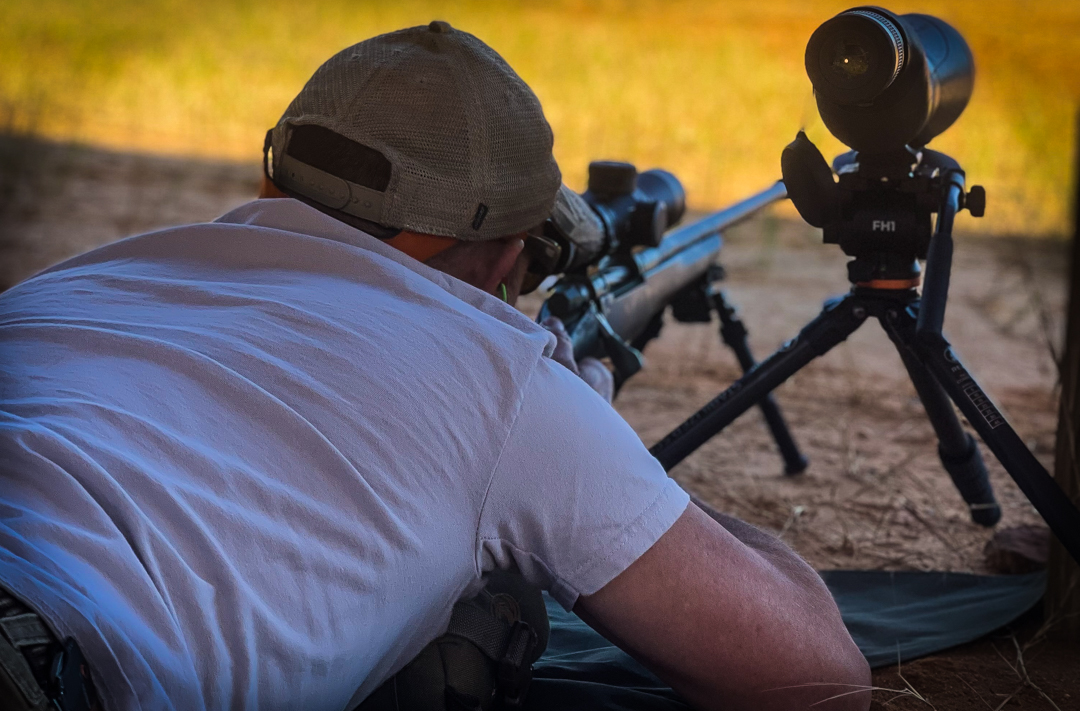
Happy with the load and the zero of my scope, in my preparation for my hunt, I have spent a lot of time shooting away from the bench in unconventional shooting positions. One reason is to shoot a couple of shots from prone to be sure nothing changed that might be due to a bad parallax adjustment or a change in how I am holding the rifle. Another reason is to be somewhat proficient with shooting my rifle in ways I am likely to encounter in the field. Shooting prone with a bipod, shooting sitting with a tripod, off my backpack, or standing using shooting sticks are all ways I might shoot in the field and all are acquired skills. It goes without saying it is good to have tried these various techniques under controlled circumstances before one is in a real life situation.
While shooting it is important to focus on good shooting fundamentals. Keeping one’s body in line and shoulders straight and perpendicular to the rifle, good trigger control, watching one’s breathing, etc.
This process has become somewhat ritualistic for me and how I prep for each hunting season. I work on technique, gather valuable data, and simply become more comfortable with my rifle and this does wonders when the season kicks off. I am more confident in my equipment and myself.
The Explora Blog is the world’s premier online journal for field sports enthusiasts, outdoor adventurers, conservationists and admirers of bespoke gunmaking, fine leather goods and timeless safari clothes. Each month Westley Richards publishes up to 8 blog posts on a range of topics with an avid readership totalling 500,000+ page views per year.
Blog post topics include: Finished custom rifles and bespoke guns leaving the Westley Richards factory; examples of heritage firearms with unique designs and celebrated owners like James Sutherland and Frederick Courtenay Selous; the latest from the company pre-owned guns and rifles collection; interviews with the makers from the gun and leather factory; new season safari wear and country clothing; recent additions to our luxury travel bags and sporting leather goodsrange; time well spent out in the field; latest news in the sporting world; and key international conservation stories.












